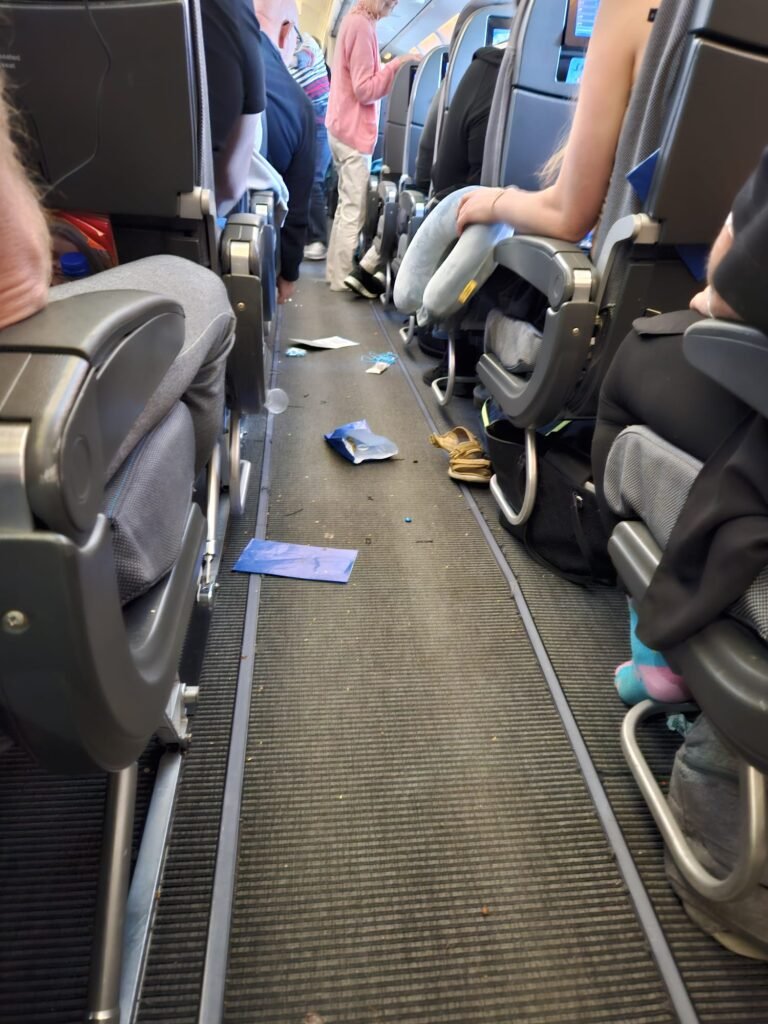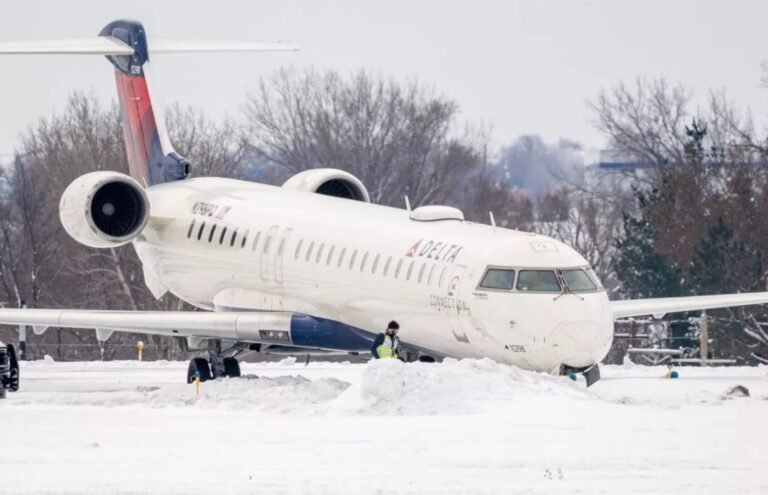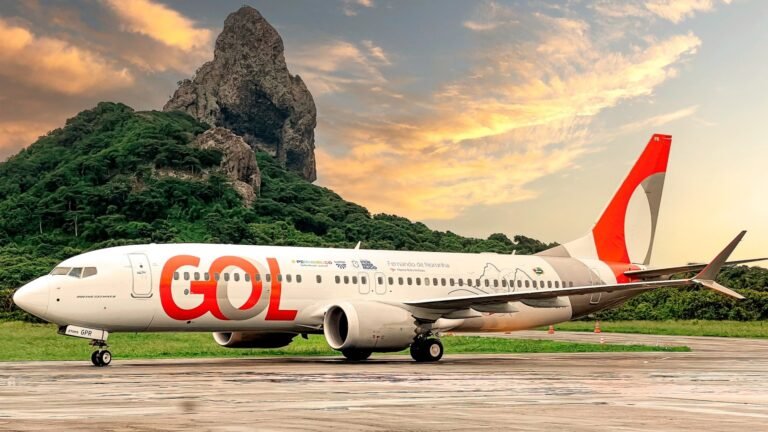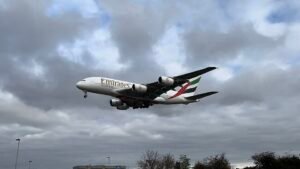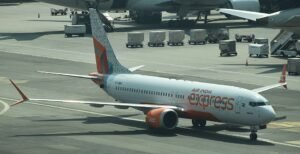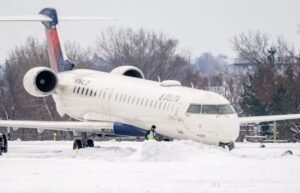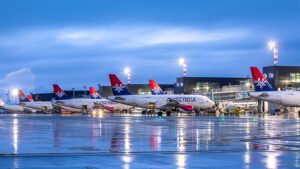Picture Credits – X @zamzam1925
Greenlands: What began as a routine journey from Stockholm Arlanda Airport (ARN) to Miami on Thursday, November 14, 2024, quickly turned into a heart-pounding adventure for passengers on Scandinavian Airlines (SAS) flight SK957. The Airbus A330, carrying 254 passengers, met significant turbulence over Greenland, an unexpected and catastrophic event that caused the plane to return to Copenhagen.
The airplane involved in this incident is a 9.1-year-old Airbus A330-300, registered as LN-RKS, with over 38,000 flight hours. Flight SK957, which operates a scheduled service between Stockholm and Miami, recently flew to Miami, Newark, and San Francisco.
Turbulence: A Sudden Fury in the Skies
Turbulence is commonly encountered in aviation, but on this particular flight, it slammed with startling force. The atmospheric disturbance induced by jet streams and pressure shifts triggered tremendous shaking, sending unbuckled passengers smashing against the cabin ceiling. Viral recordings from the incident show moments of mayhem, with passengers shouting in despair, personal things flying across the cabin, and flight attendants attempting to keep order.
As the plane lurched violently, many passengers prayed aloud, desperately holding onto their seats until the plane was safely redirected back to Copenhagen.
A Swift Response: Protocols in Action
The flight crew responded swiftly and effectively, following security protocols developed to handle such circumstances. After landing, the aircraft received thorough examination in accordance with aviation safety rules, however no serious injuries were reported. While rattled, travelers were given accommodations and rebooked on alternative flights to their final destinations.
The incident brought out the significance of using seatbelts during flights, since those who were not strapped were the most badly affected by the turbulence. Fortunately, SAS’s high safety standards and training ensured that the incident was managed without tragic consequences.
Turbulence: A Persistent Aviation Hazard

Picture Credits – X @zamzam1925
Though turbulence is a common and rather predictable phenomenon, the severity of such episodes can vary greatly. According to the FAA, turbulence is still the biggest cause of injury to airline passengers and crew. This tragedy serves as a sharp reminder of the unpredictable nature of air travel and the continual need of following safety procedures.
Scandinavian Airlines : Resilience in the Face of Adversity
This turbulence episode occurred at a critical time for Scandinavian Airlines. The airline, which recently emerged from a major reorganization to pay off almost $2 billion in debt and acquire $1.2 billion in investments, is now in a phase of rejuvenation. SAS’s membership in the SkyTeam alliance has strengthened its status as a major player in global aviation.
While the unanticipated turbulence added an unnerving chapter to SAS’s history, it also demonstrated the airline’s and passengers’ resilience and adaptability. For SAS, this incident serves as a reminder of the unpredictable nature of air travel and the importance of maintaining attention in safety standards.
A Lesson on Preparedness
Even though Flight SK957 was unable to complete its route to Miami, the incident highlights the significance of safety, adaptation, and preparedness in the aviation sector. SAS plans to use the lessons acquired from this turbulence occurrence into their future operational strategies. Finally, a combination of strong safety measures, swift response, and unflinching commitment ensures that passengers may continue their journey, no matter how tumultuous the skies become.
Stay tuned to Aviation Today for latest aviation news and updates.

